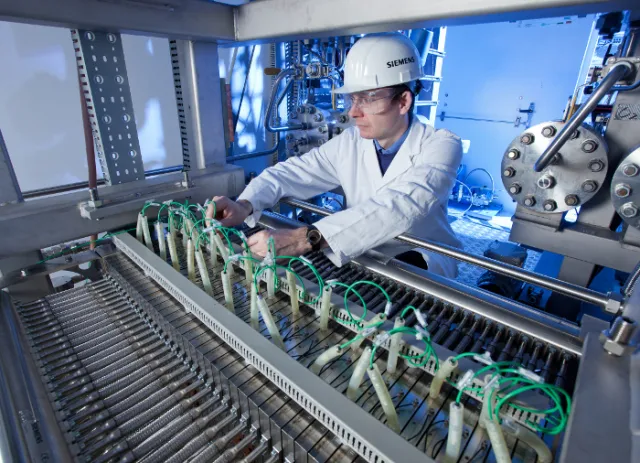A close look at nature could lead to cheaper hydrogen
Aug 12, 2019 11:32 PM ET
- Scientists at the Australia National University have observed a key stage in the process of photosynthesis which could be copied to greatly increase the efficiency of sunlight-powered water splitting processes used to produce hydrogen.

The ability to cleanly produce hydrogen by splitting water is a key technology for the energy transition, and thus an important area for scientific research.
Many of the processes moving toward commercialization use renewable electricity to power a water splitting electrolyzer. Others, however, look to nature for inspiration, and aim to imitate the photosynthetic processes perfected by plants to bypass the electricity generation stage and create hydrogen directly from sunlight and water.
Scientists at the Australia National University (ANU) and the Max Planck Institute for Chemical Energy Conversion in Germany say they have identified a photosynthesis process that enables plants to split water. Their research, published in Proceedings of the National Academy of Sciences of the United States of America, describes using a technique called electron paramagnetic resonance spectroscopy to create 3D images of the area where the reaction takes place. The scientists found allowing an enzyme space to “breathe” improved the efficiency of the process by preventing water from being inserted too early in the reaction cycle.
Concertina
“Halfway through its reaction cycle the enzyme develops the ability to stretch like a concertina, which enables the orderly uptake of water to begin the splitting process,” said Maria Chrysina, a researcher at the Max Planck Institute. “Copying this process from nature would lead to new and improved renewable energy storage technologies.”
According to the researchers, without that process to regulate the uptake of water more reactive oxygen molecules can end up being released, hindering the splitting process. ANU is in the process of installing a new electron paramagnetic resonance spectroscopy facility at its campus in Canberra which it says will enable further breakthroughs in a range of scientific fields.
Earlier this year, scientists at the Ecole Polytechnique Federale de Lausanne in Switzerland announced plans for the commercialization of another solar fuels technique, this one powered by concentrating sunlight onto a small cell made from III-V materials – so named with reference to their location in the periodic table of elements.
Also read


